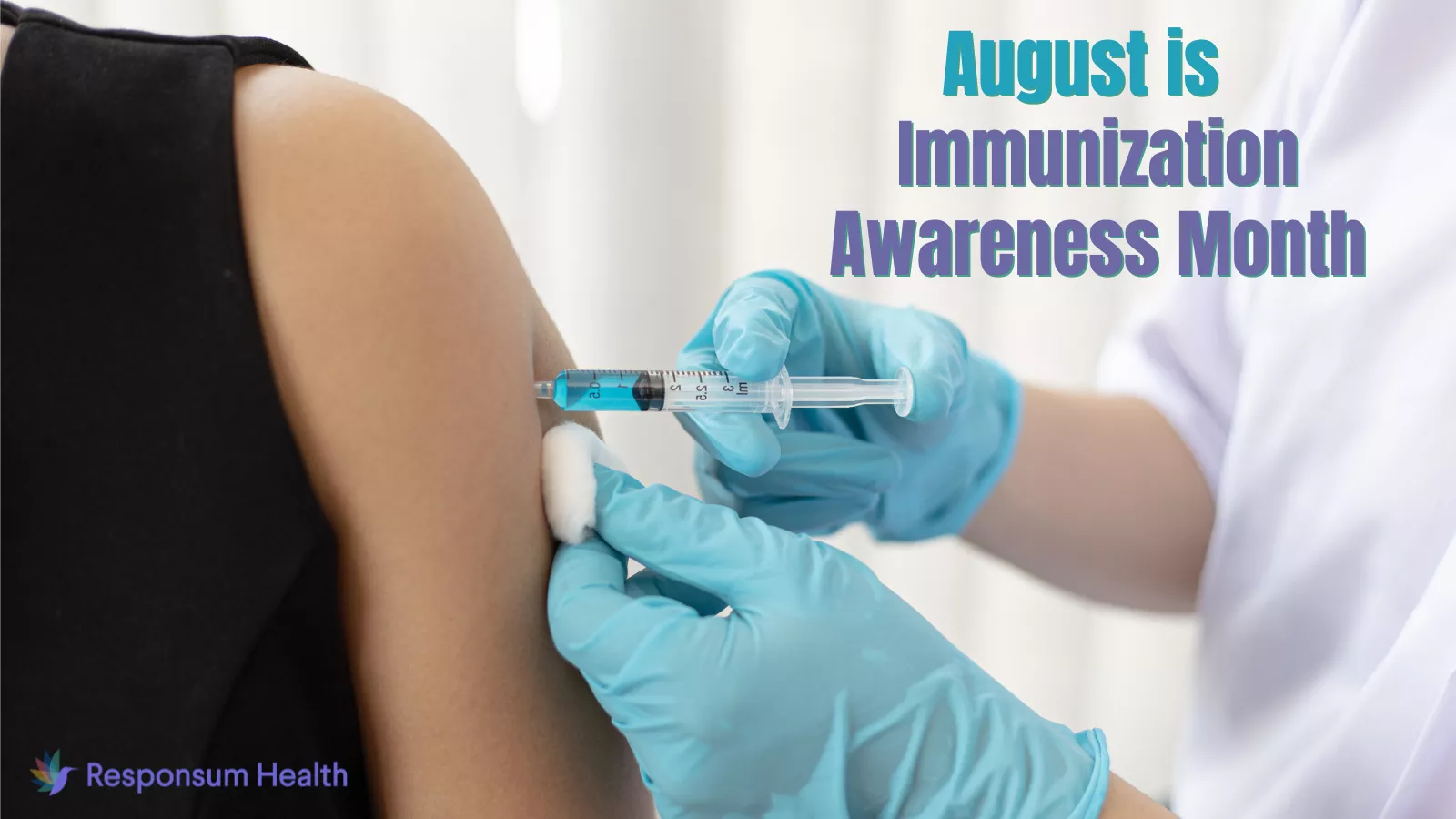
National Immunization Awareness Month 2022
August is National Immunization Awareness Month (NIAM), an annual observance for the purpose of educating patients, advocates, and healthcare providers about the benefits of immunization at all ages.
Immunization saves lives
Vaccinations are highly effective in the prevention of a wide variety of communicable diseases, and have saved millions of lives. Many infectious diseases such as polio and smallpox, which ran rampant just decades ago, are far less commonplace today because of widespread immunization. Other diseases preventable by vaccines include:
- Hepatitis A and B
- Human papillomavirus (HPV)
- Influenza (flu)
- Meningococcal infections such as meningitis
- Measles, mumps, and rubella (MMR)
- Tetanus, diphtheria, and pertussis (TDaP)
- Pneumococcal infections
- Rotavirus
- Chickenpox
Immunization recommendations
Immunization recommendations from The Centers for Disease Control and Prevention (CDC) include:
Infants to 2-year-olds
- Chickenpox. For 12- through 15-month-olds.
- TDaP. At two months, four months, six months, and 15 through 18 months.
- Flu. Every year by the end of October, if possible, starting at six months.
- Haemophilus influenzae type B. At two months, four months, six months, depending on the vaccine brand, and at 12 through 15 months.
- Hepatitis A. One dose at some point between 12 and 23 months of age, and a second dose six months after the first.
- Hepatitis B. Given as a series of three shots: within 24 hours of birth, one to two months after birth, and between six and eighteen months old.
- MMR. 12 through 15 months. Infants six through 11 months old should have one dose of MMR vaccine before traveling outside the U.S.
- Pneumococcal (PCV13). At two months, four months, six months, and 12 through 15 months.
- Polio (IPV). At two months, four months, and six through 18 months.
- Rotavirus (RV). At two months and four months; or two months, four months, and six months, depending on the brand of vaccine. Speak with your pediatrician for details.
3- to 10-year-olds
- Chickenpox. For four- through six-year-olds.
- TDaP. For four- through six-year-olds.
- Flu. Annually, preferably by the end of October.
- MMR. For four- through six-year-olds.
- IPV. For four- through six-year-olds.
11- to 18-Year-Olds
- Flu. Every year, preferably by the end of October.
- HPV. For 11- or 12-year-olds, with a second dose six to 12 months following the first.
- Meningococcal conjugate. At 11 or 12 years, and at 16 years.
- Serogroup B meningococcal. May be administered to youths 16 to 23 years old. Speak with your pediatrician.
- TDaP. For 11- to 12-year-olds.
Adults 18 years and older
- Flu. Annually, preferably by the end of October.
- Shingles. If you are generally healthy and over the age of 50.
- Pneumococcal polysaccharide. One dose of pneumococcal conjugate vaccine followed by one dose of vaccine, if you are 65 years old or older.
Pregnant women
- MMR. At least one month before becoming pregnant.
- TDaP. During the third trimester of pregnancy.
- Flu. Preferably by the end of October.
Immunization has drastically reduced, and in some cases eradicated, many harmful infectious diseases, but that doesn’t mean that the germs that produce those diseases cease to exist. Communicable diseases, and their resulting devastation, can return. Continued immunization helps keep people safe as individuals, families, and communities.

